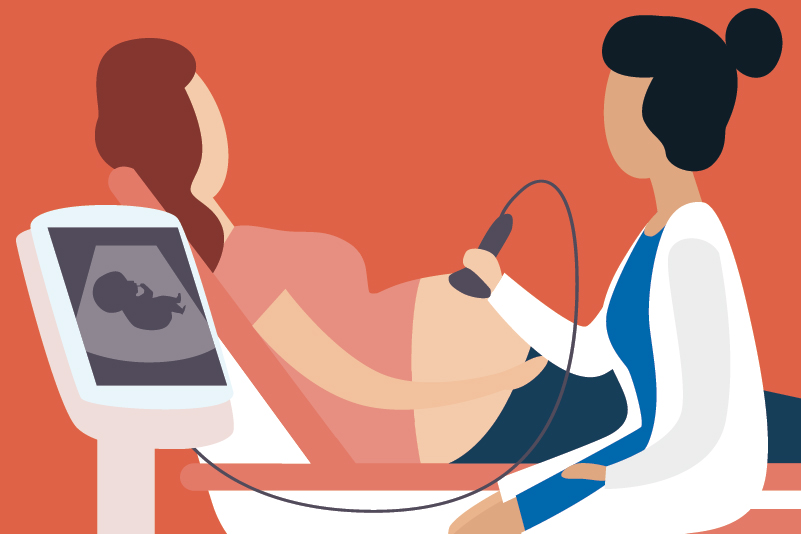#166 “Not So Free” testing for cell free fetal DNA – Is it worth the cost?

Reading Tools for Practice Article can earn you MainPro+ Credits
Join NowAlready a CFPCLearn Member? Log in
- Design:
- Patients/physicians aware of standard test results (not CF-DNA). Decisions made per standard clinical practice.
- CF-DNA test done at 10-14 weeks, analyzed by staff blinded to other tests and reported after delivery.
- Outcome assessors (blinded to test results) reviewed newborn exam and genetic test records.
- Trisomy 21 (Down Syndrome):
- CF-DNA identified all 38 cases, standard screen identified 30/38 (79%).
- False positive tests: Standard screen 5%, CF-DNA <0.1%.
- CF-DNA test: 100% sensitivity, 99.9% specificity, Positive Likelihood Ratio (LR+)=1756, Negative Likelihood Ratio (LR-)=0.
- Standard test: 78.9% sensitivity, 94.6% specificity, LR+ =15, LR- =0.22.
- Trisomy 18, 13:
- Twelve cases accurately detected by CF-DNA (LR+ >5000, LR- <0.1).
- Unusable CF-DNA occurred in 3% and had a higher rate of aneuploidy (2.7% versus 0.4%).
- Limitations: Study supported by CF-DNA test manufacturer.
- Risk of Down's Syndrome increases with maternal age.3,4
- Risk of pregnancy loss with amniocentesis: ~0.5%.3,5 and 1-2% with chorionic villus sampling.3
- Society Obstetricians Gynecologists of Canada (SOGC) recommend:
- Discussing screening for trisomies with all pregnant mothers, regardless of age.6
- CF-DNA could be an option (instead of amniocentesis) for women at ‘increased risk’ but then somewhat contradict that advice by stating that termination decisions should not be based only on positive non-invasive prenatal testing.7
- Some jurisdictions offer CF-DNA for women eligible for amniocentesis.3
- Coverage of CF-DNA testing appears variable across Canada with self-pay costing around $500.
- Compared to standard first trimester screening, CF-DNA likely cost effective.8














